Curious about which exercises target different muscle groups? This guide breaks down the best workout combinations for each major muscle group, focusing on exercise and muscle groups, to help you optimize your routine.
Key Takeaways
-
Understanding and training all major muscle groups enhances physical performance, everyday tasks, and reduces injury risk.
-
Effective workout combinations, like different pull-up hand positions, maximize efficiency and results while ensuring balanced muscle development.
-
Correct form during exercises is essential for preventing injuries and achieving optimal strength, making proper technique a priority.
Understanding Muscle Groups

Knowing different muscle groups helps in creating effective training programs that enhance performance and physical function. Think about it: strengthening various muscle groups not only makes everyday tasks easier but also enhances athletic performance and reduces the risk of injuries. On the flip side, focusing too much on certain muscle groups can lead to muscle imbalances, poor posture, and serious injuries.
Skeletal muscles, which make up about 40% of our entire body weight, are categorized into major groups, including chest, back, arms, abdominal muscles, legs, and shoulders. Each of these muscle groups plays a vital role in our movement and stability. Understanding how these muscles work and interact allows us to design workout plans for balanced development and optimal strength.
Major Muscle Groups Explained

Strength training involves targeting key muscles that provide the large driving forces essential for effective lifts. These major muscles are crucial for various movements, contributing to overall strength and fitness. Maximizing gains involves including both compound movements, which engage multiple joints and muscles, and strength training exercises that focus on specific muscles.
Next, we explore specific muscle group major muscle groups, their functions, and effective training methods. Understanding these larger muscle groups and several muscle groups will help you design a workout plan that targets all these muscle groups efficiently.
Pectorals (Pecs)
The pectoral muscles, commonly known as the pecs, are muscles located in the chest region and consist of the pectoralis major and pectoralis minor. These muscles are responsible for arm movement and play a significant role in stabilizing the chest wall. When you think of upper body strength, the pectorals are front and center.
Exercises like the bench press are fundamental for targeting the pectorals. Push-ups are also a versatile exercise that can be modified to suit different fitness levels. These exercises not only strengthen the pecs but also engage other muscles like the deltoids and triceps, making them essential for a well-rounded upper body workout.
Back Muscles
The back muscles are critical for maintaining proper posture and supporting the spine. Here are some key muscles and their functions:
-
The trapezius muscle, which has a diamond shape, supports the arms and facilitates shoulder and arm movements.
-
The latissimus dorsi is key for vertical pulling movements and provides stability during various exercises.
-
The rhomboids assist in retracting and rotating the shoulder blades, which is essential for maintaining good posture.
Training these muscles can help counteract the negative effects of prolonged sitting and improve overall upper body strength. Incorporating exercises like pull-ups, rows, and deadlifts into your routine can effectively target these back muscles.
Leg Muscles
The leg muscles are some of the largest in the body and are crucial for tasks requiring strength and stability. The quadriceps are responsible for knee extension and hip flexion, playing a key role in movements like standing up and climbing stairs. The hamstrings, on the other hand, facilitate knee flexion and hip extension, and they provide stability during activities like running and jumping, including those that engage the upper leg and the knee joint.
The glutes consist of three muscles: the gluteus maximus, gluteus medius, and gluteus minimus, and they are essential for hip extension and abduction. The calf muscle, including the soleus and gastrocnemius, plays a role in balance, stabilization, and propelling the body forward.
Squats, lunges, and calf raises are excellent exercises for engaging all these muscle groups together.
Combining Muscle Groups in Workouts

Combining muscle groups in workouts is a strategic way to maximize efficiency and results. By understanding how different muscle groups work together, you can create tailored exercise plans that match your fitness goals. The overall goal when choosing a workout split is to keep the whole body active.
Maximizing muscle growth requires considering exercise intensity and allowing adequate recovery time. Grouping muscle groups can enhance workout effectiveness and ensure balanced development for both beginners and advanced lifters.
Let’s explore some popular workout splits that can help you achieve this.
Push Muscles
Push muscles include the chest, shoulders, and triceps. Combining these muscles into a single workout session is effective for maximizing upper body strength and aesthetics. Exercises like the bench press and overhead presses are highly beneficial for enhancing chest strength and overall upper body power.
Including exercises like dips and reverse-grip bench press can increase triceps exercises strength and power. Working these muscles together ensures a comprehensive upper body workout that targets multiple areas efficiently.
Pull Muscles
Pull muscles include the back and biceps. Training these muscles together efficiently uses workout time and promotes balanced muscle development. Exercises like pull-ups and barbell rows are excellent for building upper back strength and improving overall back thickness.
Dumbbell rows are another effective exercise that engages both back and biceps brachii muscles. Incorporating these exercises into your routine, including bicep curls, can help you achieve a well-rounded and strong upper body.
Legs and Core
Training both the legs and core is crucial for maintaining overall balance and strength. Movements like lunges are effective for building strength in both areas. Squats, deadlifts, and leg workout with cable machine exercises are other excellent exercises that target the leg and core muscles together.
Focusing on these muscle groups together ensures a comprehensive lower body workout that enhances stability and functional fitness.
Effective Strength Training Programs

Effective strength training programs focus on targeting major muscle groups to enhance overall strength and physical performance. A workout split allows focus on different muscle groups in each session, increasing training intensity and balanced development.
Choosing a program that fits your schedule and fitness level is key, whether it’s a full-body workout, an upper/lower split, or a push/pull/legs split. The next sections explore these specific programs in detail.
Full-Body Workout Program
The full-body workout split is ideal for beginners or those with limited gym time. For those committing to two days a week, the full-body split is the most efficient option. This program focuses on working all major muscle groups in each session, making it simple and time-efficient.
Beginners should start slow, focusing on a couple of muscle groups each day with simple exercises. Mastering correct form before attempting heavy weights is essential to prevent injuries.
Upper/Lower Split Program
The upper/lower workout split focuses on alternating workouts that target upper body and lower body muscles. This program is effective because it hits major muscle groups more completely and allows for different planes of motion.
This split allows for adequate recovery as the upper body trains while the lower body rests, and vice versa. This increases the frequency of training and enables more consistent workouts across the week.
Push/Pull/Legs Split Program
The push/pull/legs split is a training method that segments workouts into three distinct days: push, pull, and legs. This allows for focused engagement of specific muscle groups and adequate recovery. Push workouts target the chest, triceps, and shoulders with exercises like bench presses and overhead presses.
Pull workouts focus on the back and biceps with exercises like pull-ups and deadlifts. Leg workouts emphasize lower body strength and stability with squats, lunges, and hamstring curls. To achieve optimal results, it’s essential to train hard.
This split program helps intermediate to advanced lifters target specific muscles with more intensity, promoting greater strength and hypertrophy gains.
Best Exercises for Each Muscle Group

Using appropriate exercises to target specific muscle groups maximizes workout strength and efficiency. Incorporating many exercises for both upper and lower body muscles promotes balanced strength and overall fitness.
Next, we explore the best exercises for specific muscle groups, research suggests aiding in designing an effective systematic review workout plan.
Chest Exercises
The bench press is considered a fundamental exercise for developing chest strength and mass. Push-ups are a versatile bodyweight exercise that effectively targets the chest and can be modified for different fitness levels.
Cable flyes and weighted dips are also excellent exercises for engaging the chest muscles. Cable flyes maintain tension on the muscle throughout the rep, while weighted dips are beneficial for engaging the lower chest.
Back Exercises
Effective exercises for targeting the back muscles include deadlifts, pull-ups, and barbell rows. These exercises are essential for building strength, improving posture, and supporting overall body mechanics.
Deadlifts, in particular, engage multiple muscle groups and are great for overall strength. Pull-ups are excellent for building upper back strength and enhancing grip strength, while barbell rows target the middle back and improve overall back thickness. Incorporating these exercises into your routine can help you achieve a well-rounded and strong back.
Leg Exercises
Squats are a cornerstone exercise for lower body development as they engage several leg muscles. Lunges are also effective for working the quadriceps, hamstrings, and glutes and can be performed in various directions.
Hamstring curls specifically target the hamstrings and can be performed using machines or resistance bands. These hamstrings exercises are crucial for developing strength, stability, and overall fitness. By incorporating a variety of leg exercises, you can ensure comprehensive lower body training.
Importance of Correct Form
Understanding muscle groups aids in preventing injuries by ensuring balanced training across the body. Learning the right form for each exercise is crucial and can be achieved through trainers, instructional materials, or online videos. Proper technique during weightlifting ensures the correct muscles are engaged, minimizing injury risk.
Using correct form enhances the efficiency of exercises, allowing muscles to be worked optimally for better strength development. Improper lifting techniques can lead to joint stress and increase the likelihood of serious injuries like herniated discs. Regularly checking and adjusting your form during workouts, including hip thrusts, is essential for ensuring safety and effectiveness.
Avoiding Overtraining
Preventing overtraining involves incorporating regular rest days after intense workouts. Managing and avoid overtraining risk involves reducing workout intensity and volume. Paying attention to signals like persistent fatigue or soreness helps prevent overtraining.
Engaging in active recovery activities, like yoga or swimming, can aid in preventing overtraining. These everyday activities help maintain physical activity while allowing your muscles to recover. Balancing workout intensity with adequate rest is key to exercising for optimal health and fitness, in line with physical activity guidelines.
Summary
Mastering exercise and muscle groups is a journey that requires understanding, dedication, and the right approach. By focusing on different muscle groups, combining them effectively in workouts, and following structured strength training programs, you can maximize your gains and minimize the risk of injury.
Remember, the key to success lies in consistency, proper form, and listening to your body. Apply the knowledge you’ve gained from this guide, stay motivated, and watch as you transform your fitness journey. Here’s to your strength, health, and well-being!
Frequently Asked Questions
What are the major muscle groups I should focus on?
To maximize your strength and stability, focus on the major muscle groups: chest, back, arms, abdominals, legs, and shoulders. Targeting these areas will enhance your overall fitness and performance!
How can I effectively combine muscle groups in my workouts?
To effectively combine muscle groups, focus on grouping push muscles (chest, shoulders, triceps) together, pull muscles (back, biceps) in another session, and dedicate time to legs/core. This approach maximizes your workout efficiency and enhances your results!
What is the importance of correct form in strength training?
Correct form in strength training is crucial as it maximizes muscle engagement, reduces the risk of injury, and improves exercise efficiency. Prioritize your technique to get the most out of your workouts!
How can I avoid overtraining?
To avoid overtraining, prioritize regular rest days, tune into your body's signals, and engage in active recovery like yoga or swimming. Your body will thank you for the care!
What are some effective full-body workout exercises?
Incorporate push-ups, squats, deadlifts, pull-ups, and overhead presses into your routine for an efficient full-body workout that engages multiple muscle groups. Get ready to feel stronger and more energized!




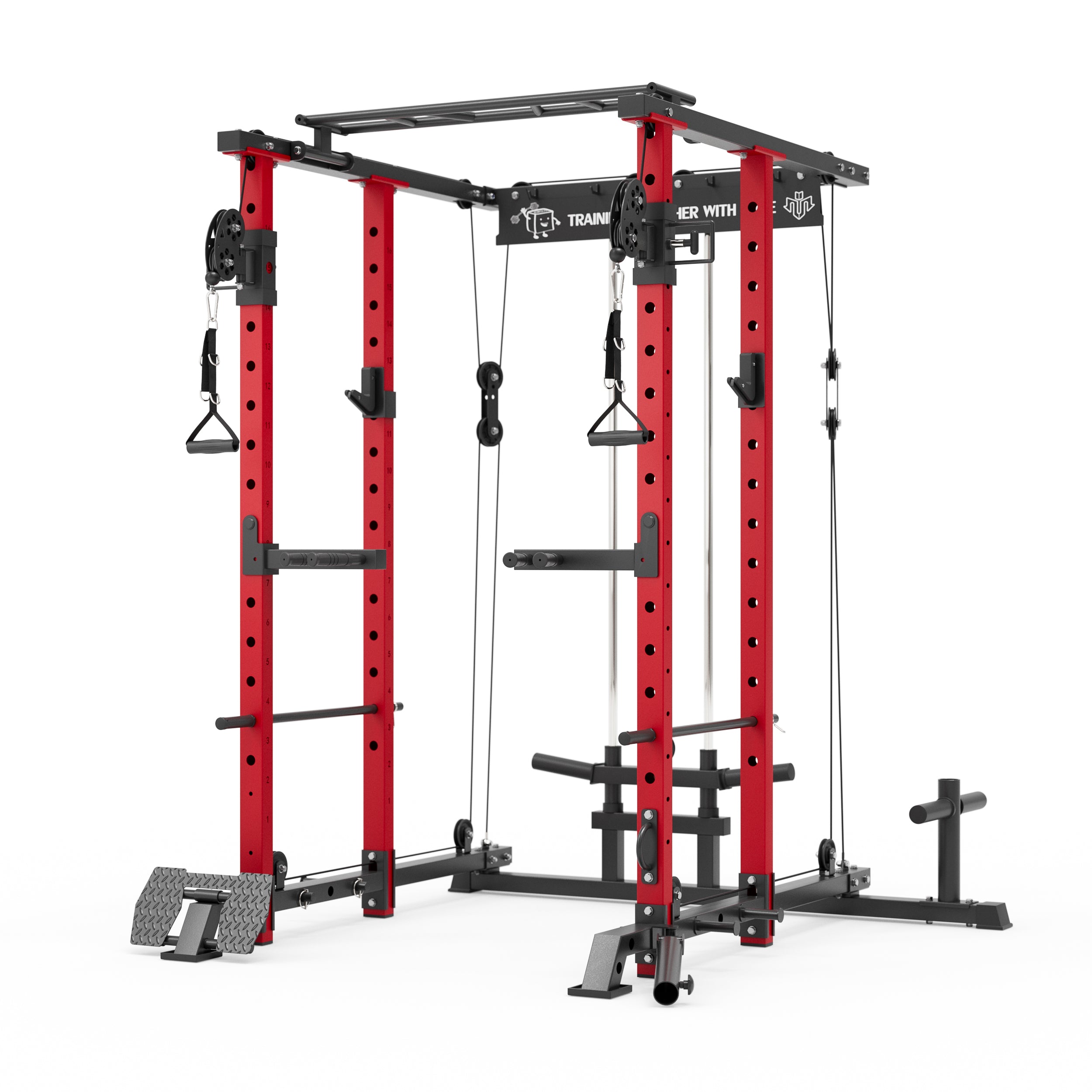


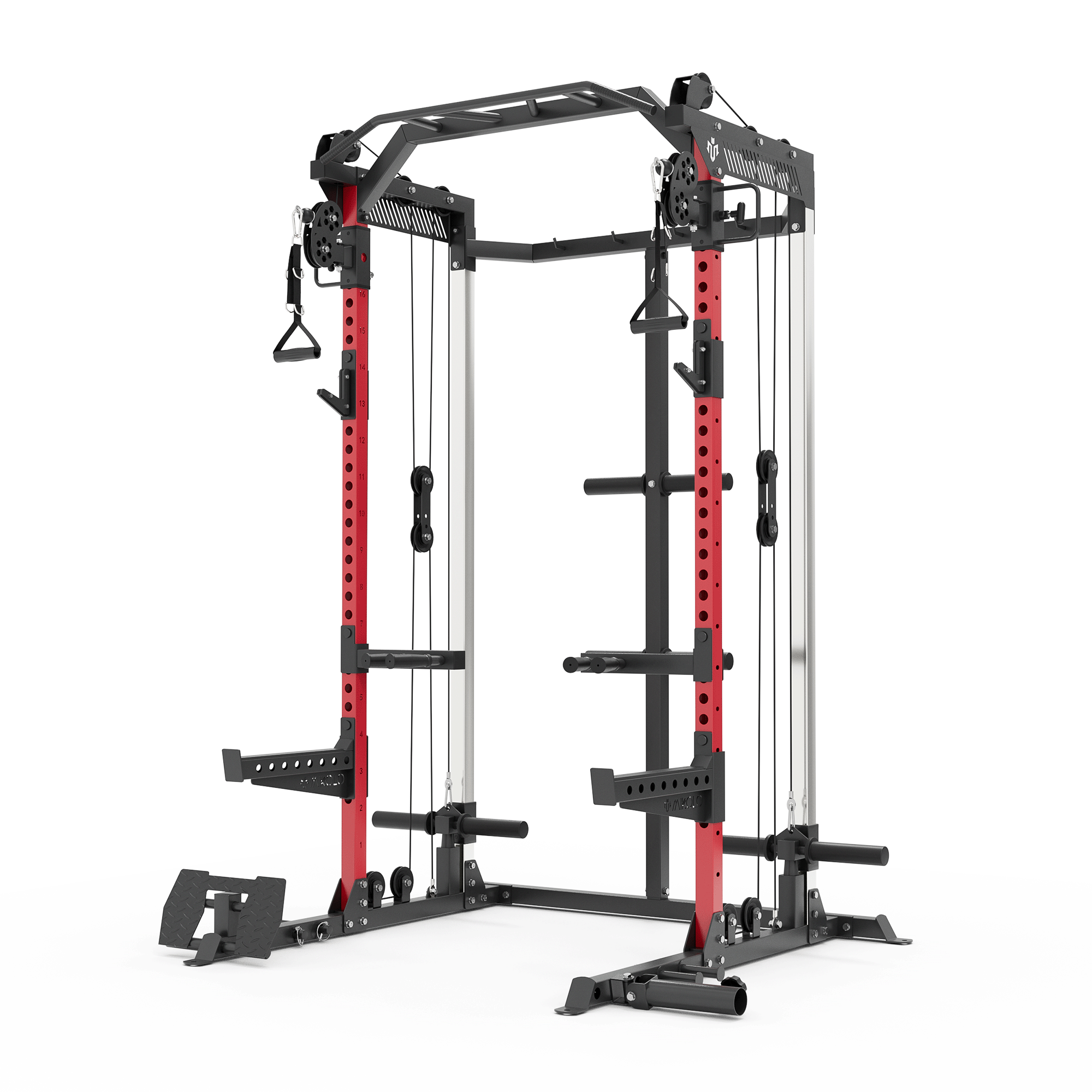


















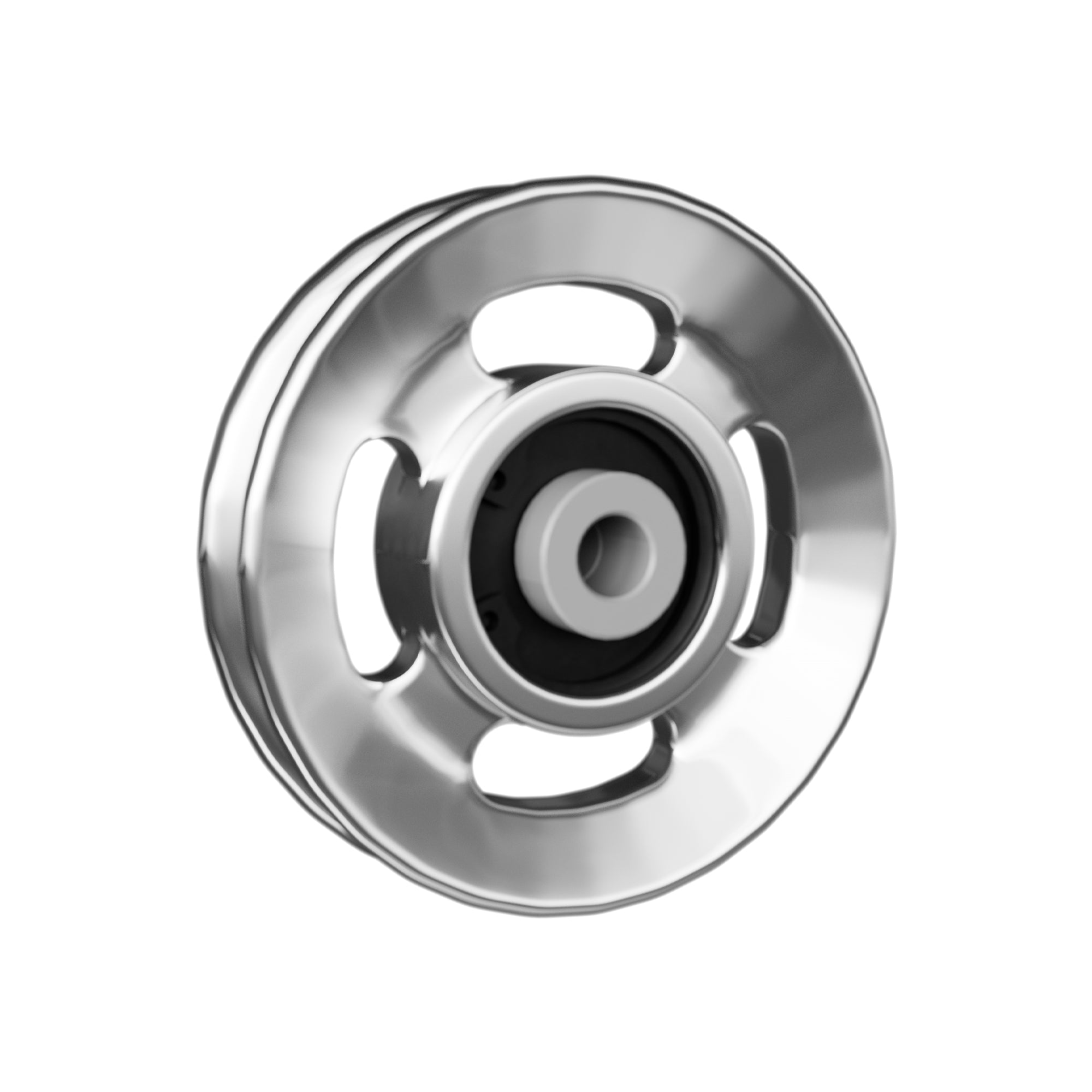



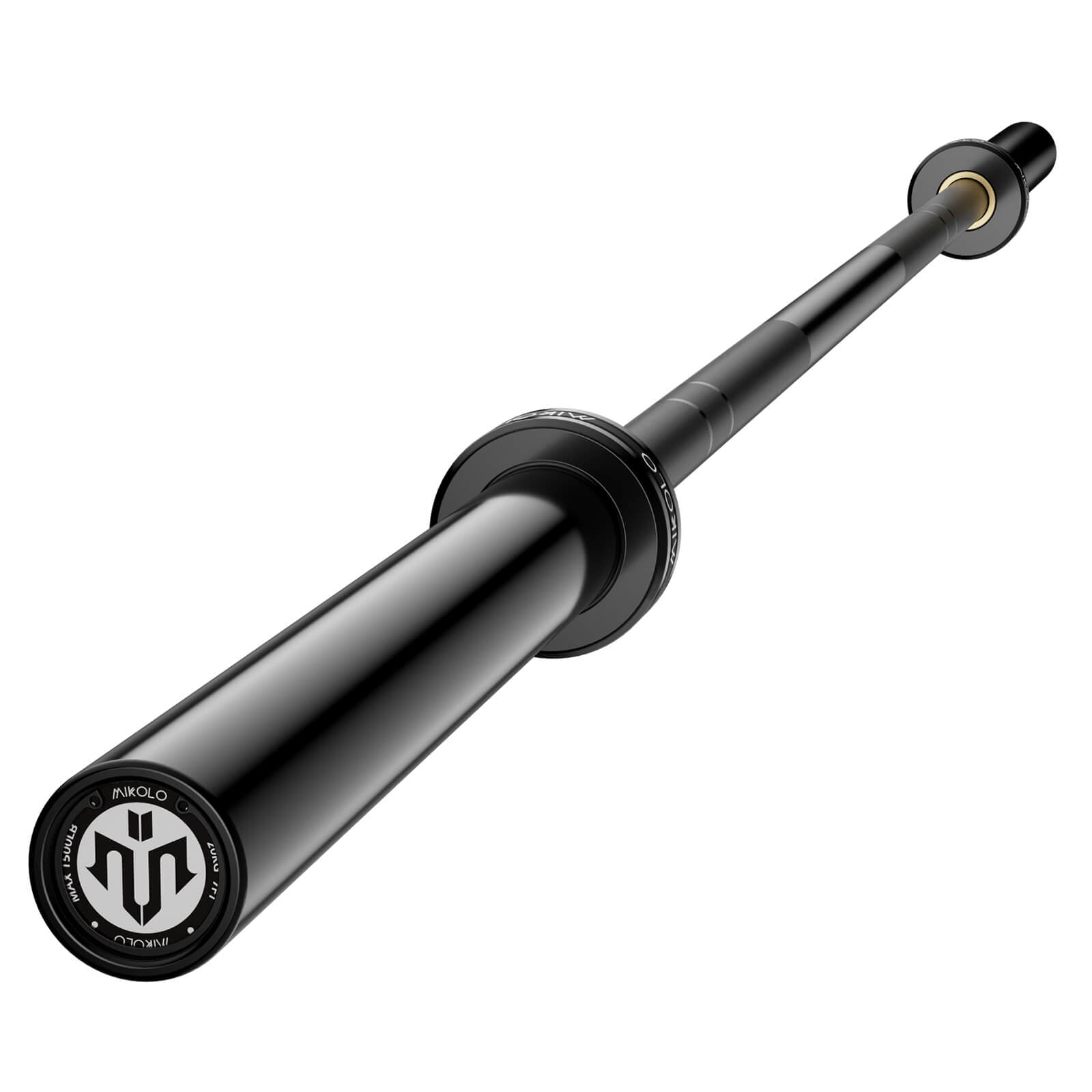
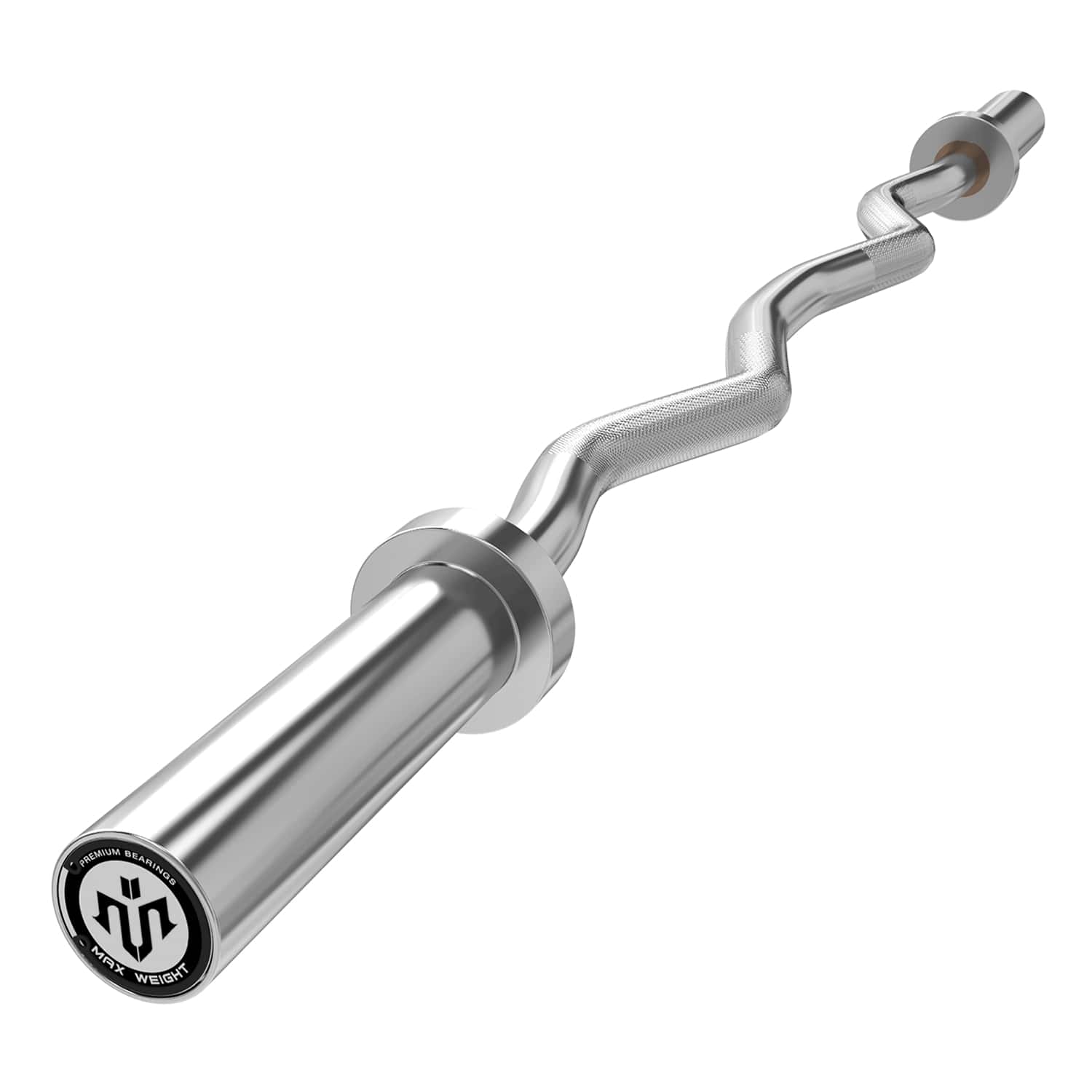



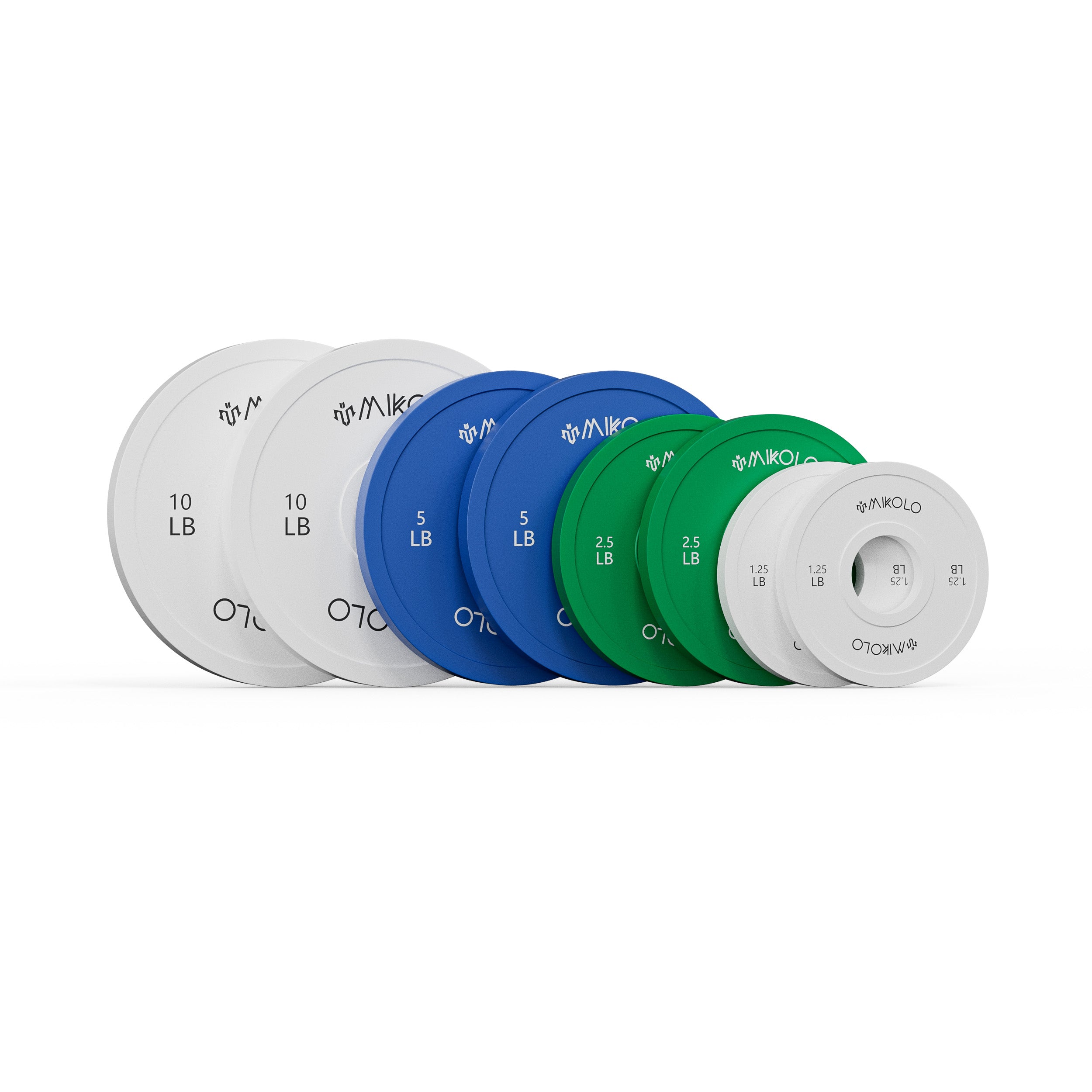



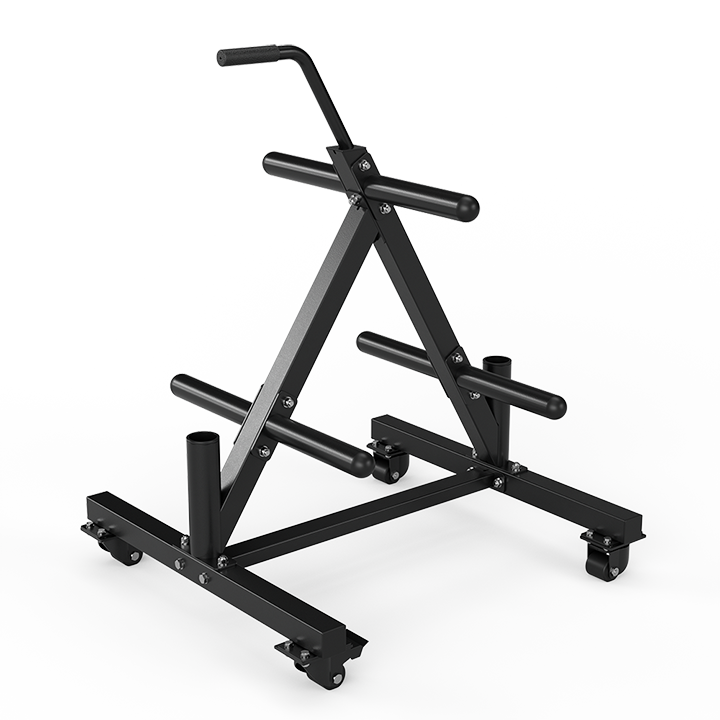





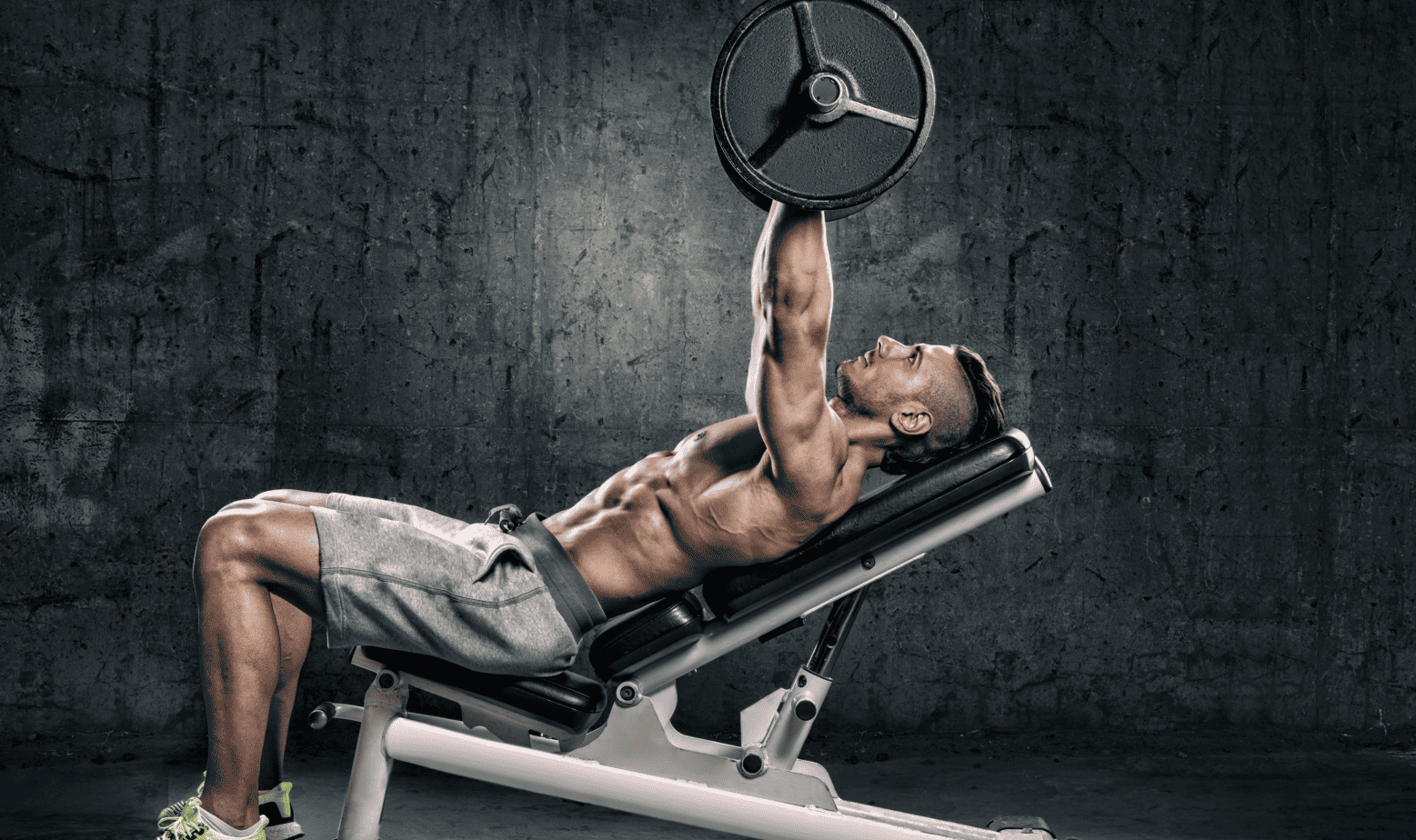
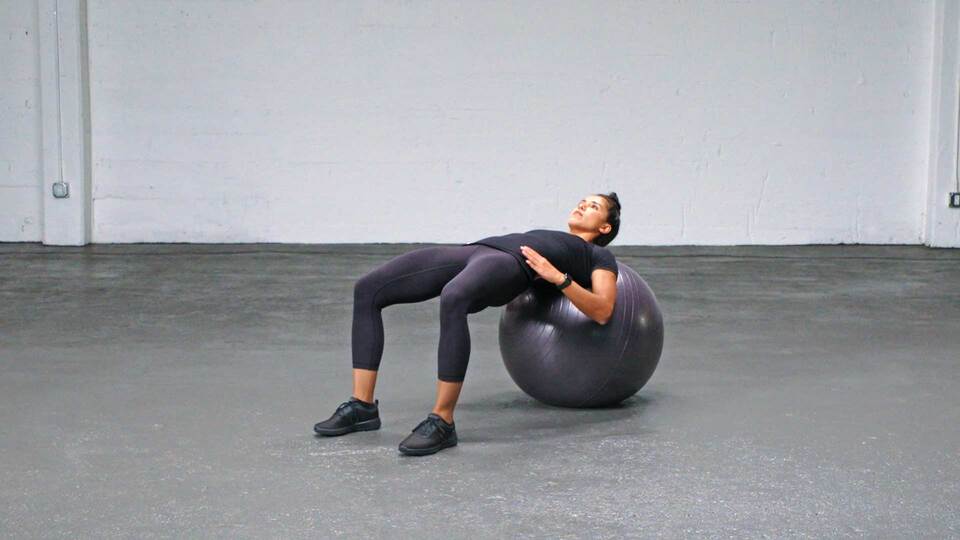
Leave a comment
This site is protected by hCaptcha and the hCaptcha Privacy Policy and Terms of Service apply.